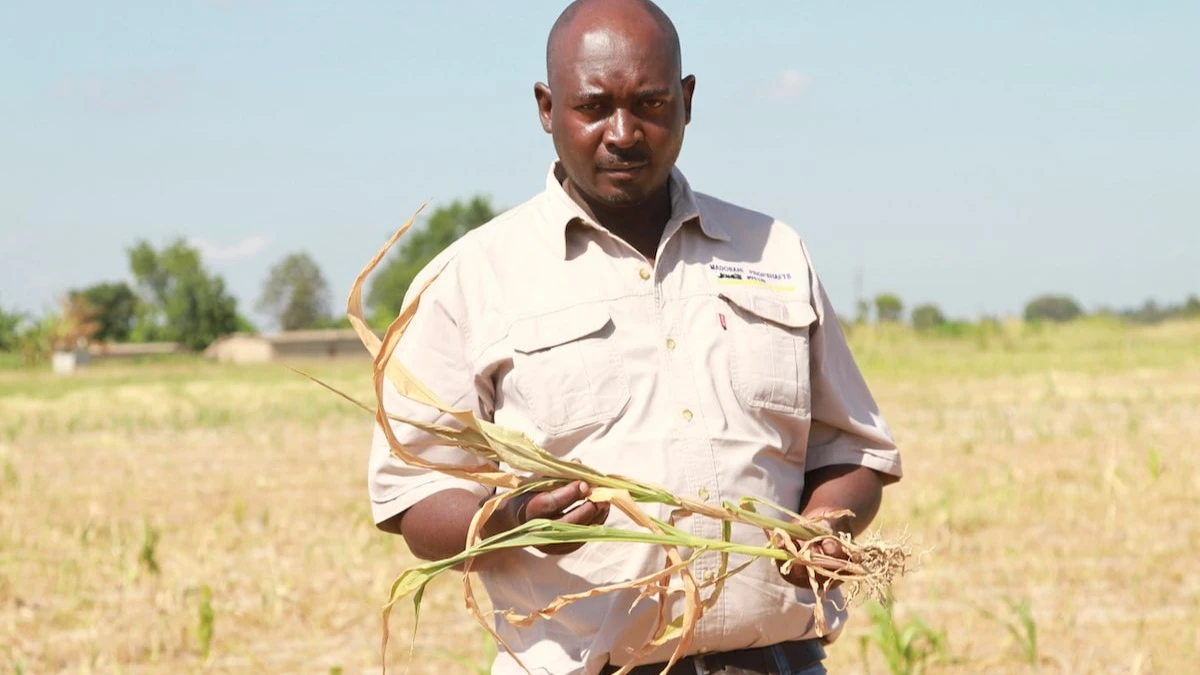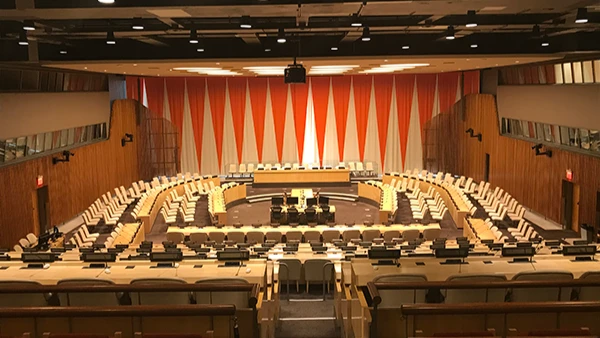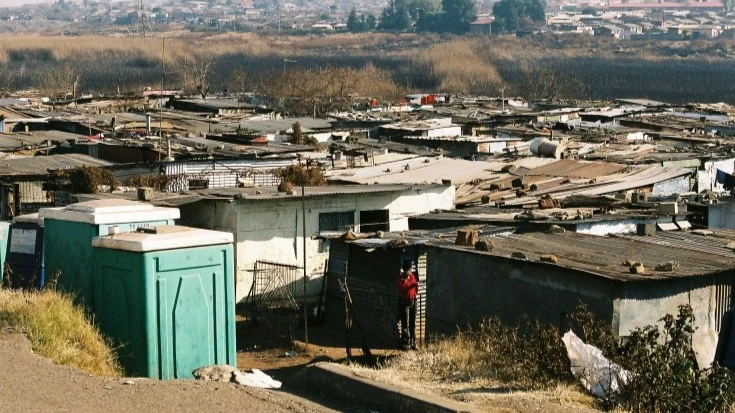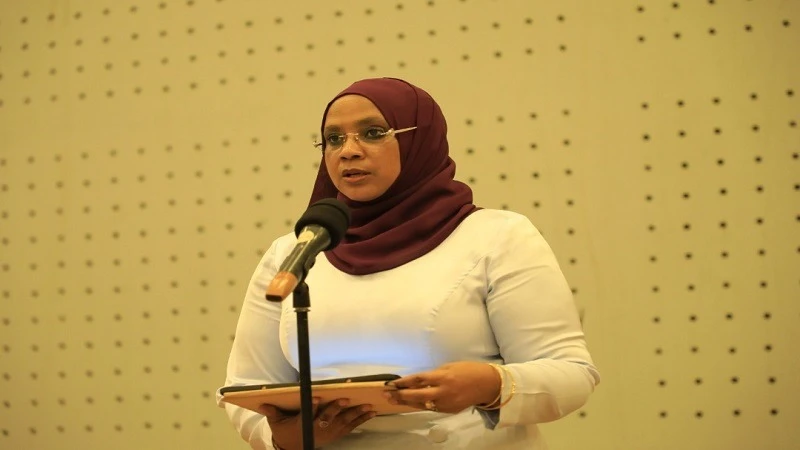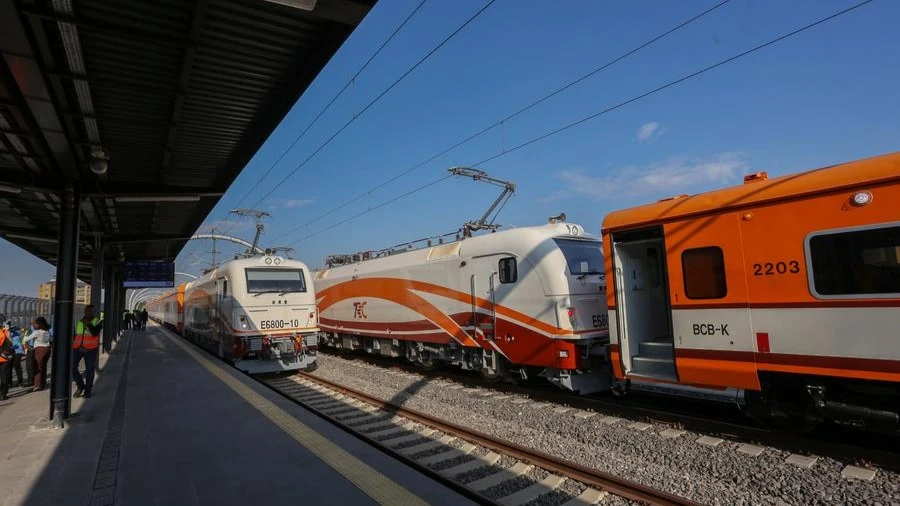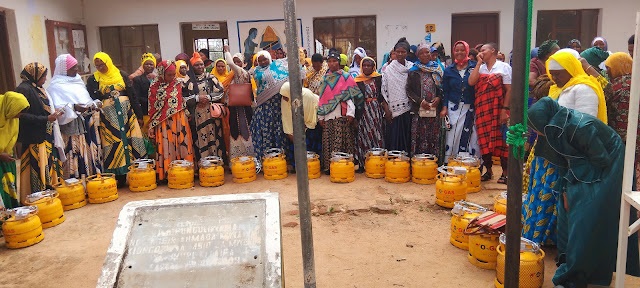Bamboo tree species can help mitigate climate change and control soil erosion
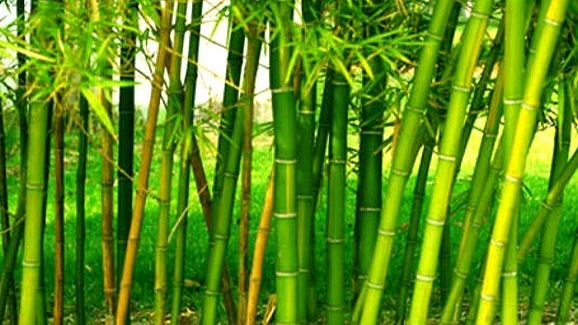
TO maintain good environment, communities need to take into account and understand the importance of having forests in their dwelling places bearing in mind the fact that forests plays a crucial roles for their lives.
In today’s world, the cry for renewable energy sources grows louder every day, and bamboo tree species is heeding that call across the globe for its great potential to become the next big renewable energy source.
There are a variety of uses linked to healthy forests, these provide critical ecosystem services which are important to people and economies such as habitat for biodiversity, provision of drinking water, regulate climate cycle, prevention of soil erosion, crop pollination as well as maintaining soil fertility.
Trees planted in forests provide variety of uses such as wood planks used for house construction, fishing boats are largely made of wood. In addition to people gathering fruits, nuts and medicines from the forests, cattle also graze in forest areas or feed on other fodder which is collected from forests.
With so many people depending on forests, the fate of available forests may determine own fate as well. It is because of these crucial factors that, Tanzania Forest Services Agency (TFS) was formed in 2010 by an Act of Parliament with the aim of looking after forestry development in the country.
The agency which operates under the Ministry of Natural Resources and Tourism also plays a crucial role for the preservation of bees and preserving beehives in its designated forests for the vibrant production of honey. These are the main two core activities for which the agency was established.
In the jurisdiction of its regular performances as a national agency, TFS has now turned into bamboo tree planting programme as a key strategic area that helps not only to get wood planks for high quality furniture for exports, but also help to decrease carbon emissions.
The Ministry of Natural Resources and Tourism aims to claim a share of the lucrative global market targeted to about 2.3 billion people in Asia, Africa, and South America over the use of bamboo materials to manufacture products for furniture making valued at $7 billion annually.
The recent launch of the National Bamboo Development Strategy and Action Plan for 2024-2031, in Dar-es-Salaam, is a typical example which proves the agency’s firm commitments.
Minister for Natural Resources and Tourism Angela Kairuki who graced the occasion said: “Bamboo can simultaneously help boost the reduction of carbon emission by 40 percent”.
The TFS programme seeks to develop a framework for encouraging bamboo production, processing, and usage across several economic sectors, including carbon credit programs based on products harvested from a precious tree species.
Agricultural experts say that, bamboo is a tree with a greater ability to abstract carbon emission more than any other trees in the world can do therefore”, therefore the implementation of bamboo planting strategy will help communities in mitigating climate change effects and control soil erosion.
With high quality production levels of this type of a tree species, the country would be able to earn taxes and increase foreign currency through exports. Bamboo production can create a new value chain and generate employment and income for farmers and all those involved in the value chain.
TFS Commissioner for Conservation Prof Dos Santos Silayo said planting bamboo trees will help increase the level of production taking into account that Tanzania is losing approximately 469,000 hectares of forest every year.
According to Prof Silayo, bamboo fast growth and short annual harvest cycle can speed up carbon sequestration at a rate of 4.5 and 6 times more than any other plant species.
Currently, the agency own a number of tree plantations including Sao-Hill Forest plantation that covers an area of 135,903 hectares in Mufindi District in Iringa Region and Silayo plantations with 69,756 hectares in Chato District.
Others are North Kilimanjaro plantation in Rombo District, Rubian in Bukoba, Kagera Region, Ukaguru Forest plantations as well as Mtibwa in Morogoro Region. All these are government owned plantations on which different tree species have been planted.
The government through the ministry has set a target as endorsed in the strategic plan to plant a total of 10,000 hectares of bamboo plantations and woodlots by June 2031, as well as establish two bamboo seed orchards.
A biodiversity conservationist and lecturer at the Sokoine University of Agriculture (SUA) Dr Paul Lyimo said that bamboo trees are useful for masking furniture, adding the strategy, among other things will include educating people on how they can benefit from planting the trees.
A new study conducted by SUA has given a brim of optimism that is shining a beacon of hope by highlighting the potential of bamboo in revolutionizing the renewable energy sector in the country.
The study contents have revealed that, bamboo contributes significantly to carbon sequestration, oxygen production, soil and water conservation, biodiversity, and habitat provision.
Hence, as such it plays a vital role in maintaining the health and balance of many ecosystems worldwide. Bamboo has been a staple for many cultures around the world, particularly in Asia, Europe and America.
This remarkable research delves deep into the often-overlooked attributes of bamboo, building an impressive case for its use as a green alternative to traditional fossil fuels. “The bamboo plant is an exceptional marvel of nature,” the researchers pointed out in their reports.
With a growth rate that exponentially faster than most other plants, bamboo is a rapidly renewing resource. It is also a vital cog in the fight against climate change. Acting like a super sponge for carbon dioxide, this unassuming plant significantly contributes to reducing greenhouse gas emissions.
Bamboo is the fastest-growing plant on the planet for it’s a highly versatile and sustainable plant offering numerous benefits. Bamboo absorbs large amounts of carbon dioxide (CO2) from the atmosphere and hence it helps to improve air quality.
This plant also gives back generously to the planet by releasing abundant amounts of oxygen into our atmosphere. Bamboo actually refreshes the very air needed by people in order to survive. With these characteristics, bamboo has the potential to take the lead for the quest of more sustainable energy sources, researchers claimed.
Apart from air pollution, Bamboo tree plants have a low water requirement and can grow in areas with limited water resources, helping to conserve water. They are often used in water conservation efforts because they have a deep and extensive root system that can prevent soil erosion and stabilize riverbanks.
When planted along riverbanks or other bodies of water, bamboo roots can hold the soil in place, preventing it from being washed away during heavy rainfall or flooding.
Bamboo also can absorb large amounts of water, making it an effective tool for reducing runoff that enters nearby waterways. This can help prevent soil erosion and reduce the risk of flooding downstream.
In addition, bamboo can be used to create natural barriers or dams, slowing the flow of water and allowing it to be absorbed into the surrounding soil. This can increase the amount of water available to nearby plants and trees, helping to improve the health of local ecosystems.
The tree species have rhizomes which are underground stems that grow horizontally and can give rise to new shoots and roots. Rhizomes store the plant's food and nutrients and help it survive adverse conditions, such as drought or fire.
Its surface layer root system extends 20 to 60cm deep and can cover up to 100km. Moreover, bamboo regenerates even if the stems are cut or destroyed in a fire or storm. This is due to its rhizomes’ long life, which can survive for over a century.
Top Headlines
© 2024 IPPMEDIA.COM. ALL RIGHTS RESERVED




